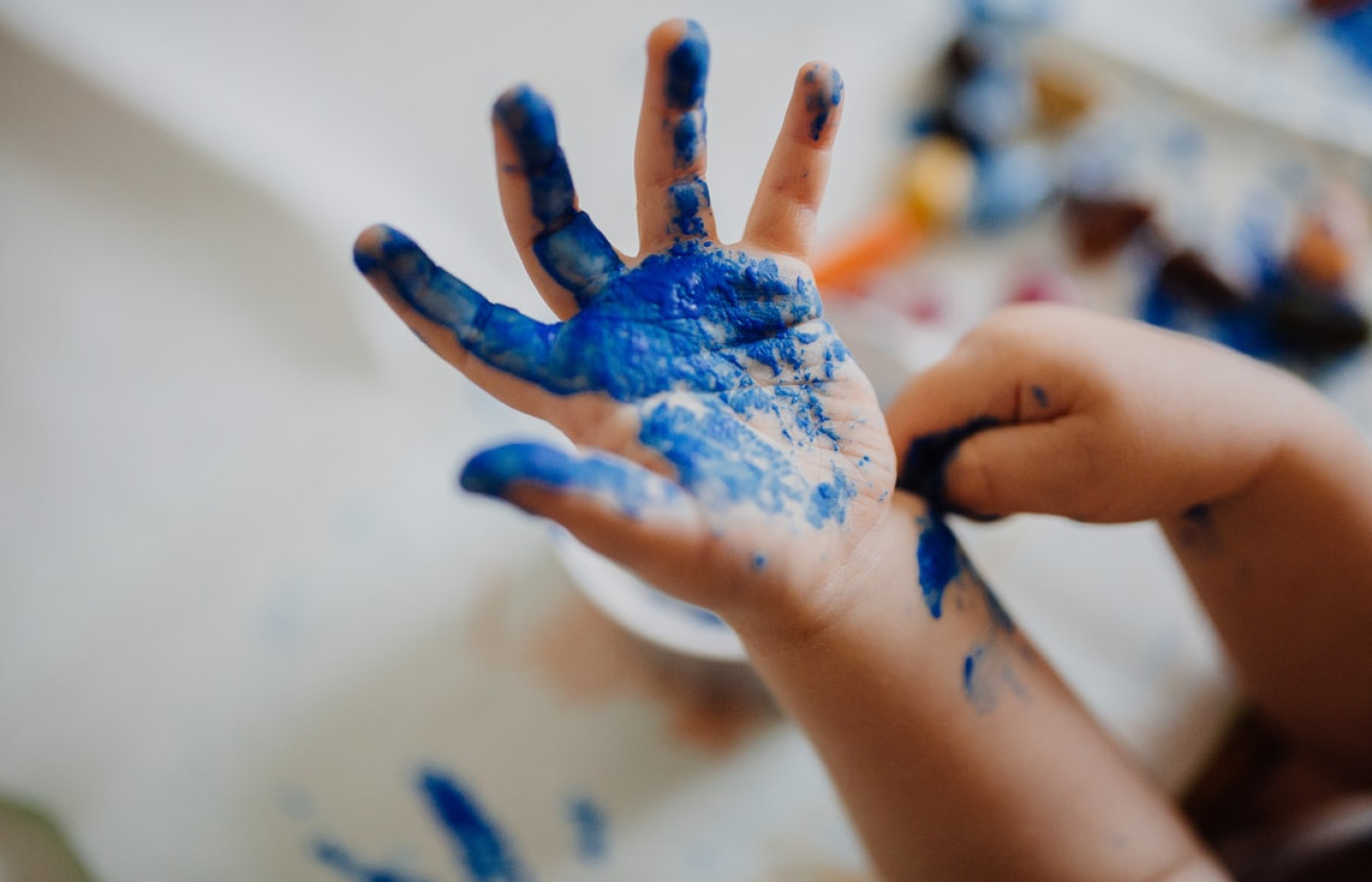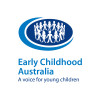Body mapping

Body mapping
Trace and paint the outline of your body
Materials Required
- Butchers paper
- Paint
- Collage materials
- Pencils/textas
You can use chalk outside on a hard surface
Play experience profile
-
Ages:
-
Min Playtime15 - 30 Minutes
-
Skills
-
Energy LevelActive play
-
Messiness Rating
-
EYLF Outcomes
Play Experience Preparation
First, cut a length of butcher paper long enough to fit your child’s body and tape it to the floor.Experience Steps
- Trace your child’s body. Have your child lie down on the paper and strike a pose of their choice. Trace their body with dark pencil, oil pastels or a texta.
- Decorate and paint the body tracing. Draw, paint, and collage the self portrait as desired. Perhaps you could recreate the clothing your child is wearing.
- Hang (and admire) the finished portrait.
- Have your child trace around you!

What to talk about, or questions to ask during the experience
- Could investigate organs - stomach, heart, brain
- Talk about similarities and differences between people
- Talk about body parts and compare size and shape
Build on this...
- Instead of a body tracing activity, chose to make a large-scale bird painting and collage or any other animals/object.
- Investigate body organs if your child is interested in this.
- Trace other siblings and family member and compare differences in size.
WHO guidelines for physical activity and sedentary behaviour
Provide evidence-based public health recommendations for children, adolescents and adults on physical activity.
Learn more
Provide evidence-based public health recommendations for children, adolescents and adults on physical activity. Learn more
This involves moving between positions and large movements in order to create the large scale artwork.
EYLF Outcomes
The Early Years Learning Framework has been designed for use by early childhood educators working in partnership with families, children’s first and most influential educators.
View PDF
The Early Years Learning Framework has been designed for use by early childhood educators working in partnership with families, children’s first and most influential educators. View PDF
- Children develop knowledgeable and confident self identities
- Children develop dispositions for learning such as curiosity, cooperation, confidence, creativity, commitment, enthusiasm, persistence, imagination and reflexivity
EYLF Principle
Principle 3: High expectations and equity. Children progress well when they, their parents and educators hold high expectations for their achievement in learning.
EYLF Practice
Practice: Learning through play. Play can expand children’s thinking and enhance their desire to know and to learn. In these ways play can promote positive dispositions towards learning. Children’s immersion in their play illustrates how play enables them to simply enjoy being.
Author:


